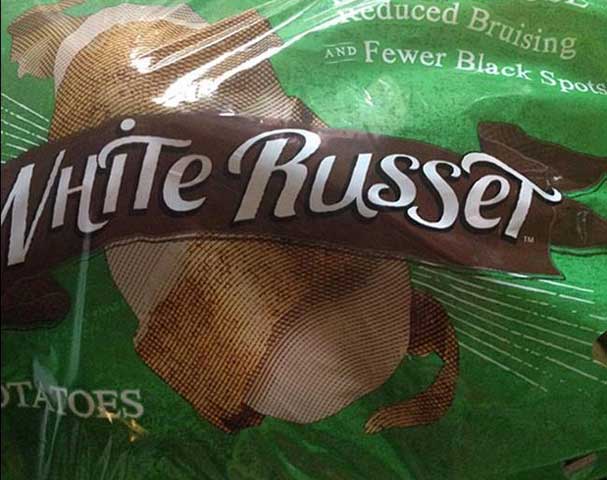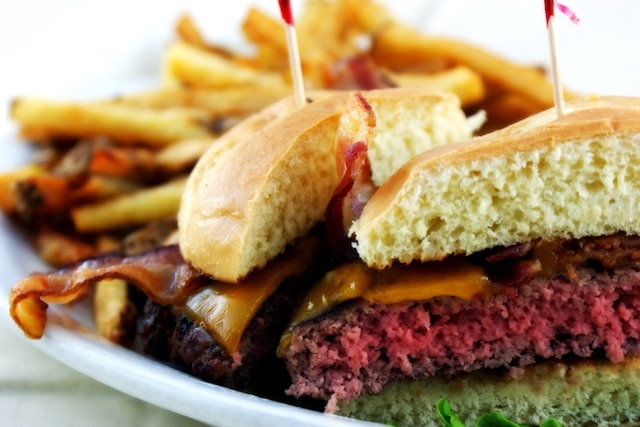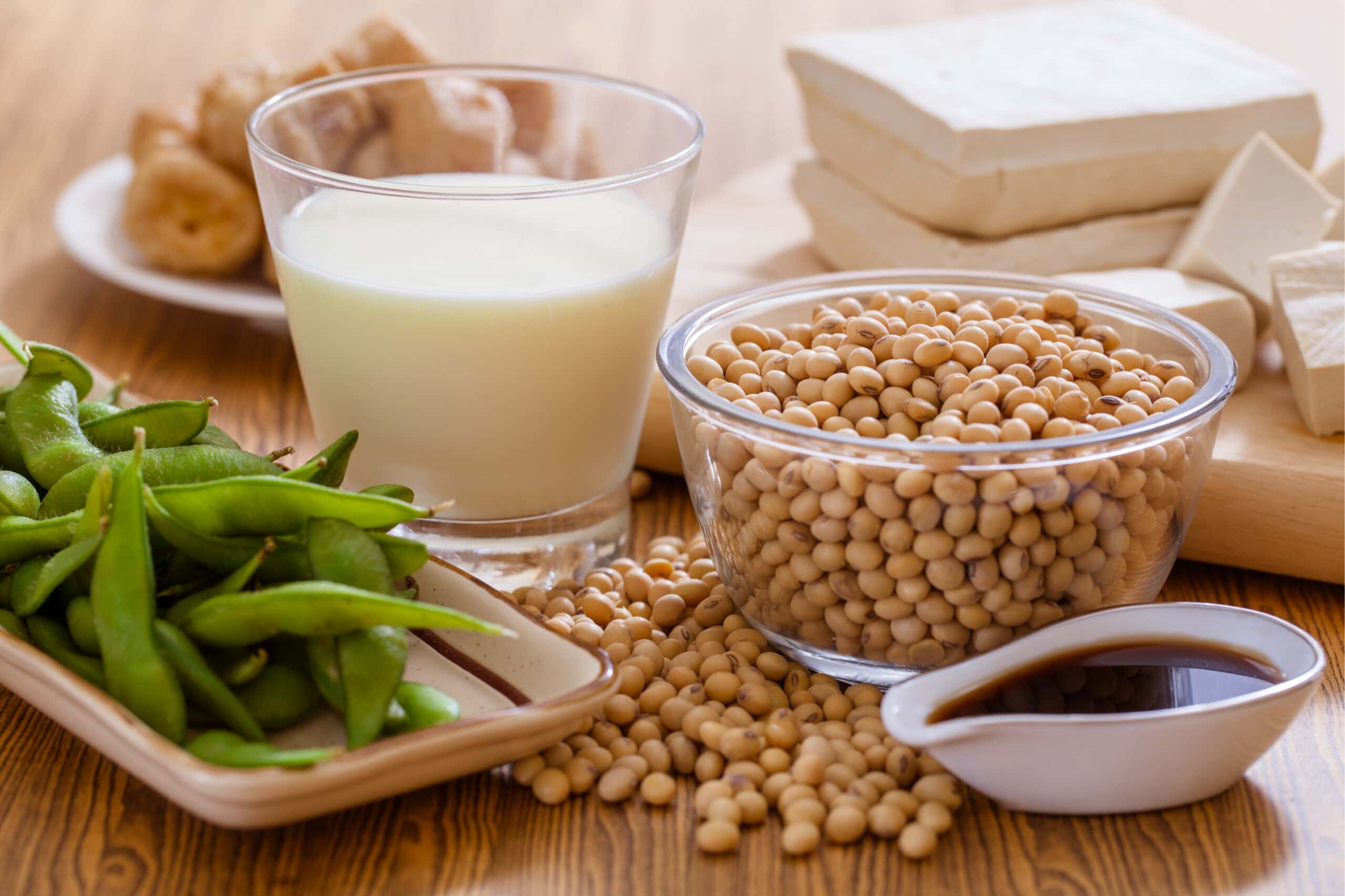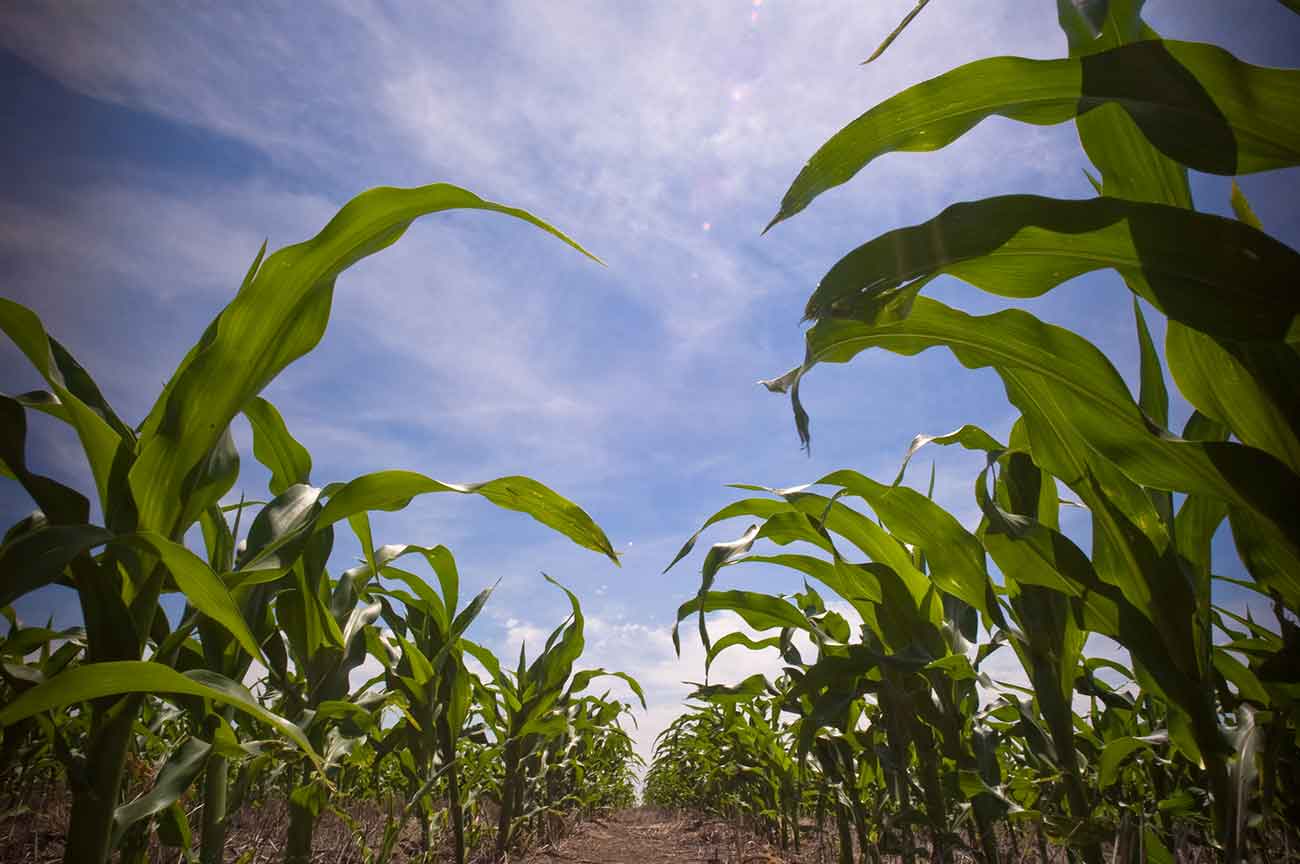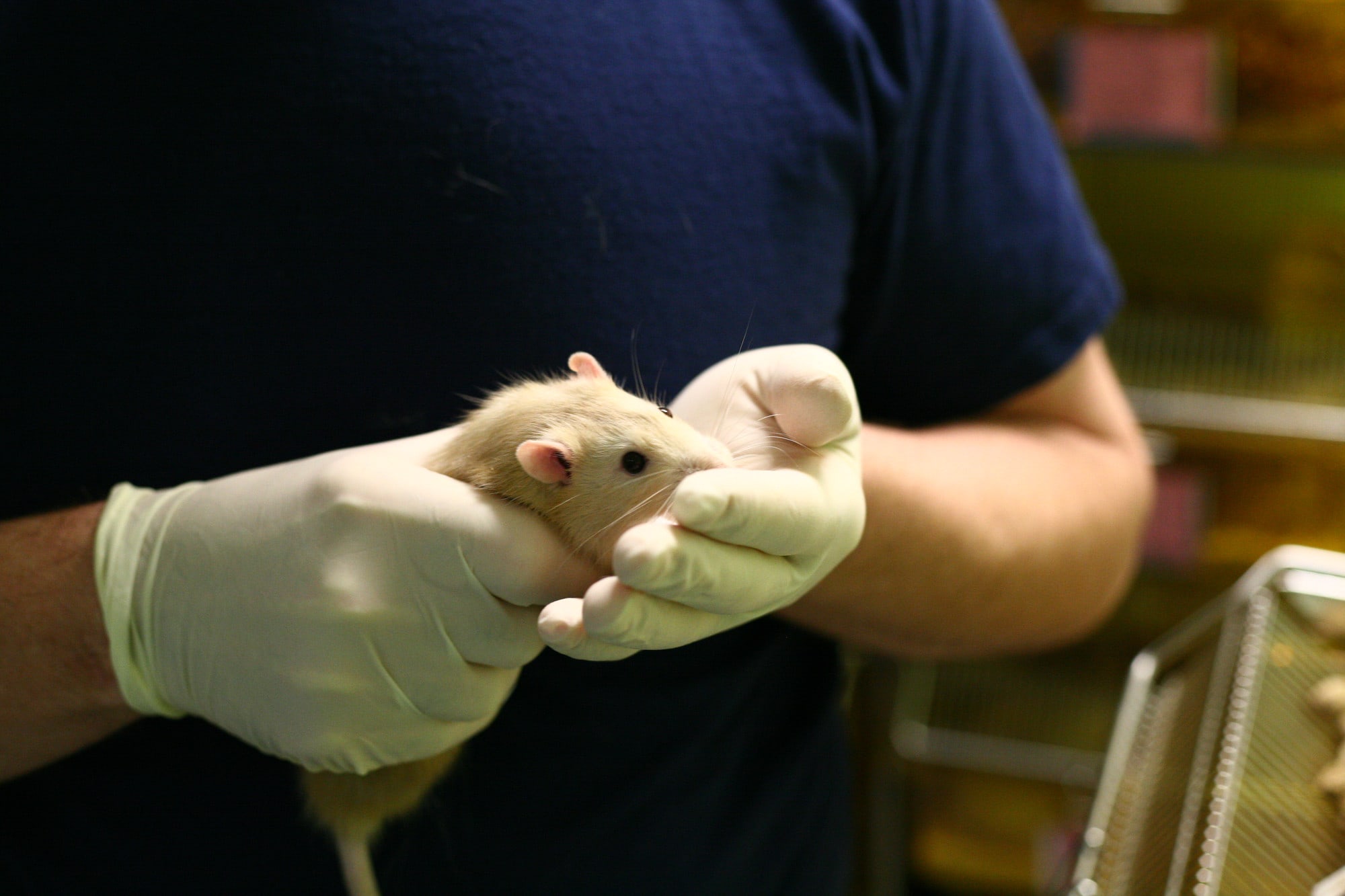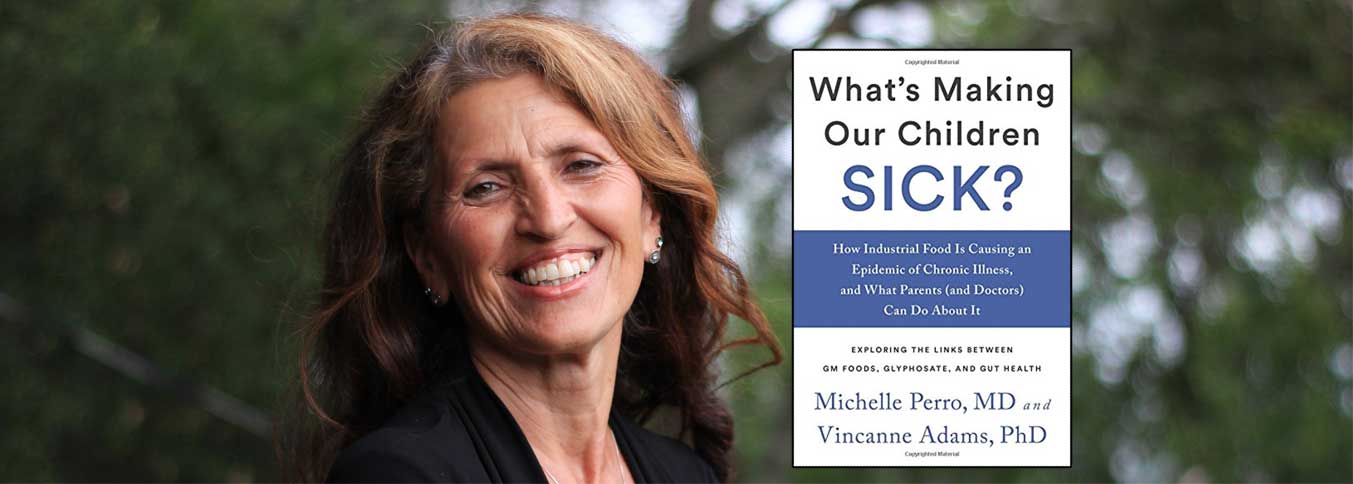Environmental Toxins
also known as environmental toxicants
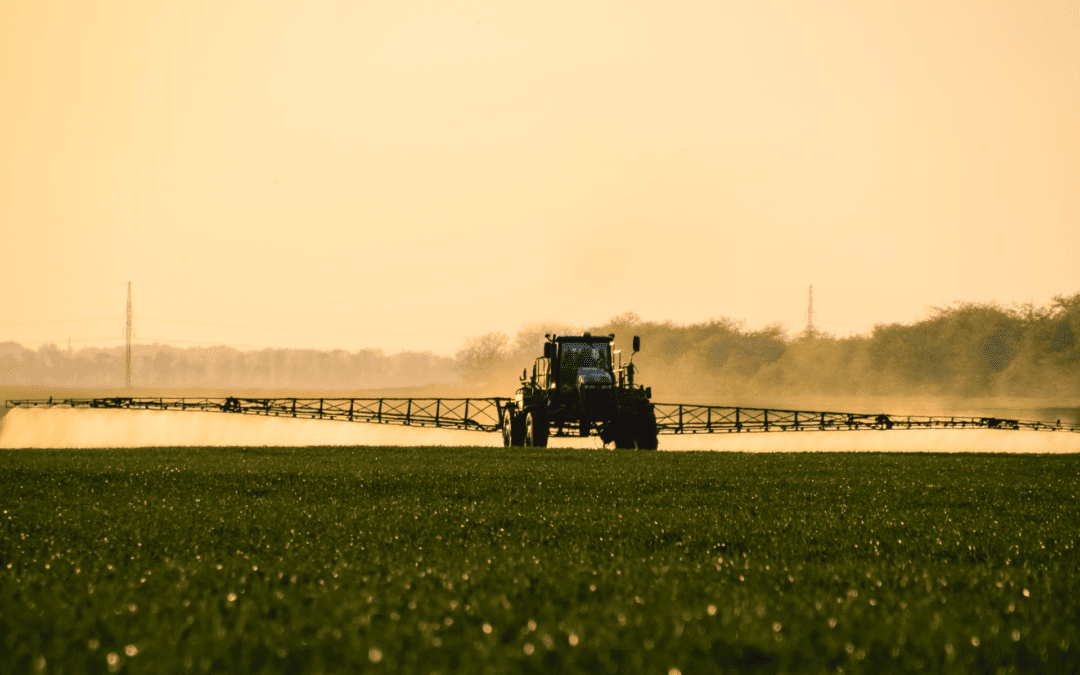
Guest blog: Glyphosate/AMPA and Asthma in Argentina
Note from GMOScience: Chuck Benbrook, PhD in agricultural economics, (https://hygeia-analytics.com/about/who-we-are/) writes about the publication of a recent shocking study from Argentina exposing the explosion of asthma in the Argentinian city of Monte Maiz from pesticides (1). Glyphosate/AMPA and Asthma in Argentina; reflections on a concerning new study “This is why glyphosate joins a relatively few pesticides as an essentially unavoidable, ubiquitous global pollutant of the human body...
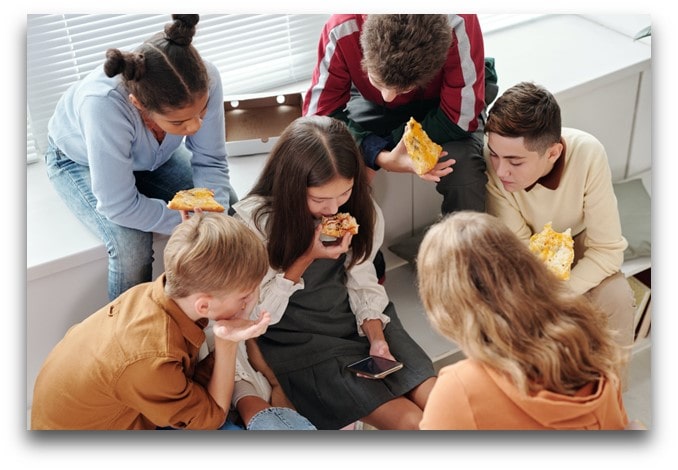
The State of our Children’s Health
Rhetoric, regulatory capture, and the lack of governmental action have created and fueled one of the greatest crimes of the times which is the allowance and acceptance of the chronic poisoning of our children. Although the root causes of this health-crisis-tsunami can be blamed on many factors, the overarching culprit began with the introduction of genetically modified organisms (GMOs) in the 1990s, developed with their associated pesticides. The usage of a greater variety of GMOs in...
Genetic Engineer Renounces His GMO Potatoes
Dr. Caius Rommens developed GMO potatoes that are now in the food supply. He has now renounced his products and written a book warning about the risks
We Can Turn Children’s Health Around
Children’s health is in crisis. But breakthroughs in our understanding of the importance of gut health can help reverse even serious disease, writes Michelle Perro, MD
Pesticides in Foods Can Harm Human Fertility
New study findings suggest that women who are trying to conceive should eat organic food, writes Myrto Ashe, M.D.
The Impossible Burger: Boon or Risk to Health and Environment?
Impossible Foods’ meatless burger is touted as healthy and environmentally responsible. Claire Robinson and Dr Michael Antoniou take a look at the evidence behind the hype.
A Hidden Epidemic
A survey shows that exposure to potentially health-threatening levels of glyphosate has escalated over the past 20 years, yet regulators are turning a blind eye, writes Professor David Schubert.
A GMO Corn and Its Non-GMO Parent Are Not Substantially Equivalent
Findings question industry and regulatory position of substantial equivalence of GM crops and may have safety implications
A GMO Corn and Its Non-GMO Parent Are Not Substantially Equivalent (Page 2)
Results from animal testing show differences between rats fed GMO versus non-GMO corn. This is Page 2 of a 3-page article. If you are just joining us, please read Page 1 first.
A GMO Corn and Its Non-GMO Parent Are Not Substantially Equivalent (Page 3)
The pediatrician and executive director of GMOScience, Michelle Perro, M.D. commented on the clinical relevance of these studies to human health. This is Page 3 of a 3-page article. If you are just joining us, please see Page 1 and Page 2.
Healthy Food, Healthy Children
In order to reverse the current health crisis affecting children, we need to rethink our relationship with food and the type of medicine we support, says Professor Vincanne Adams.
What’s Making Our Children Sick? And What We Can Do About It
An interview with pediatrician Michelle Perro, MD

